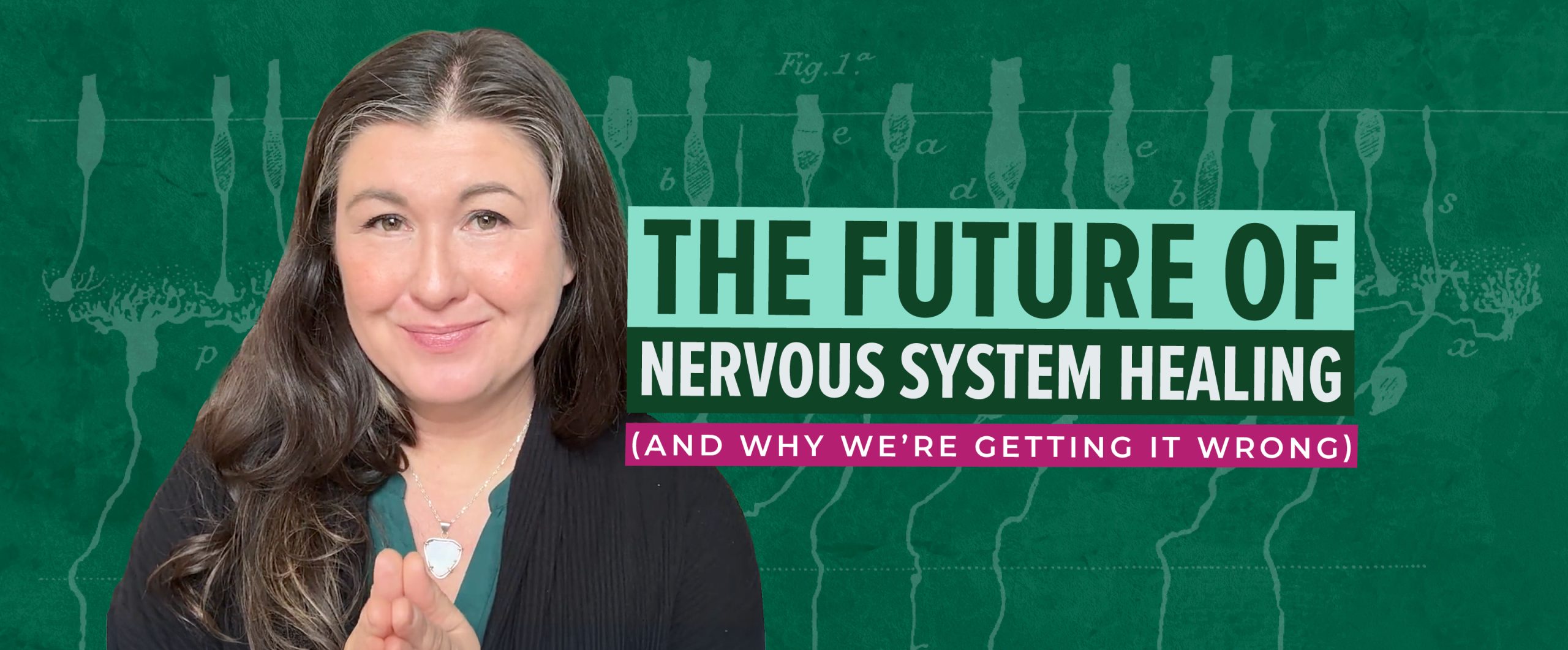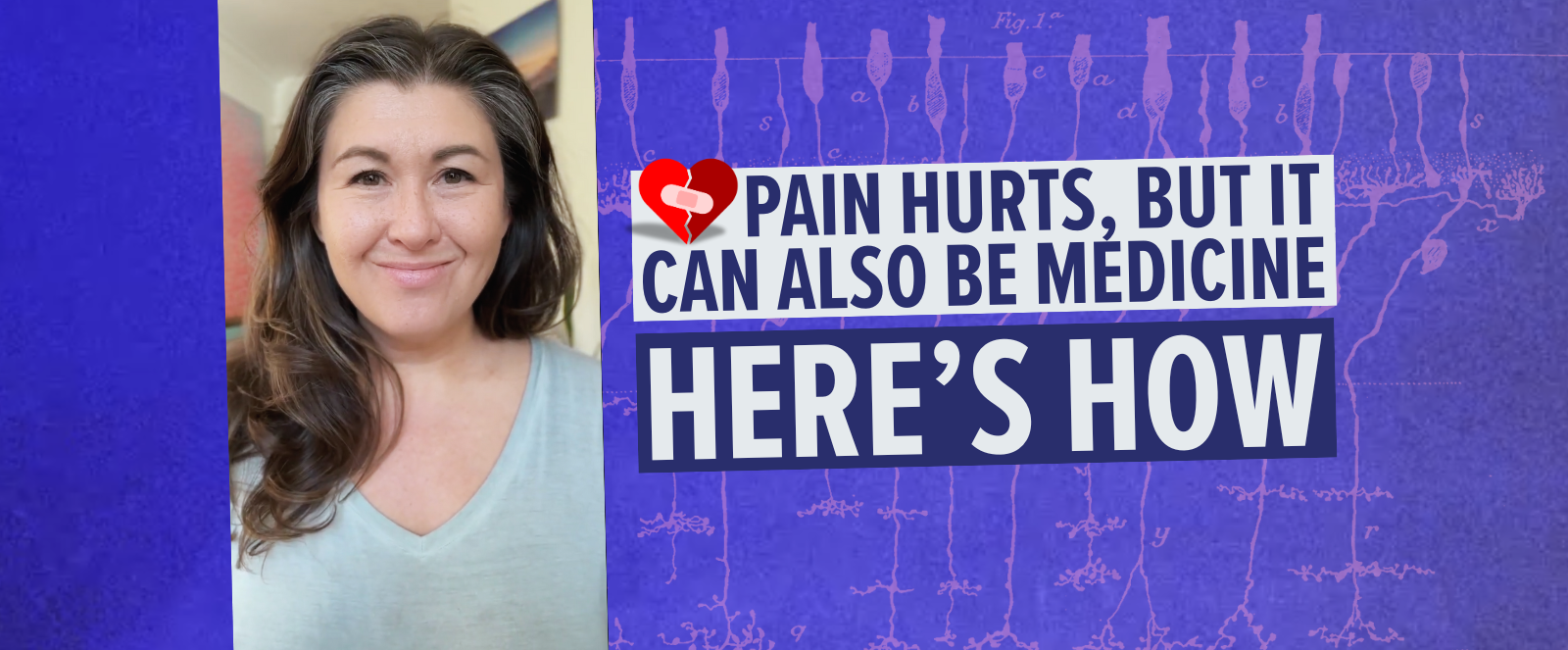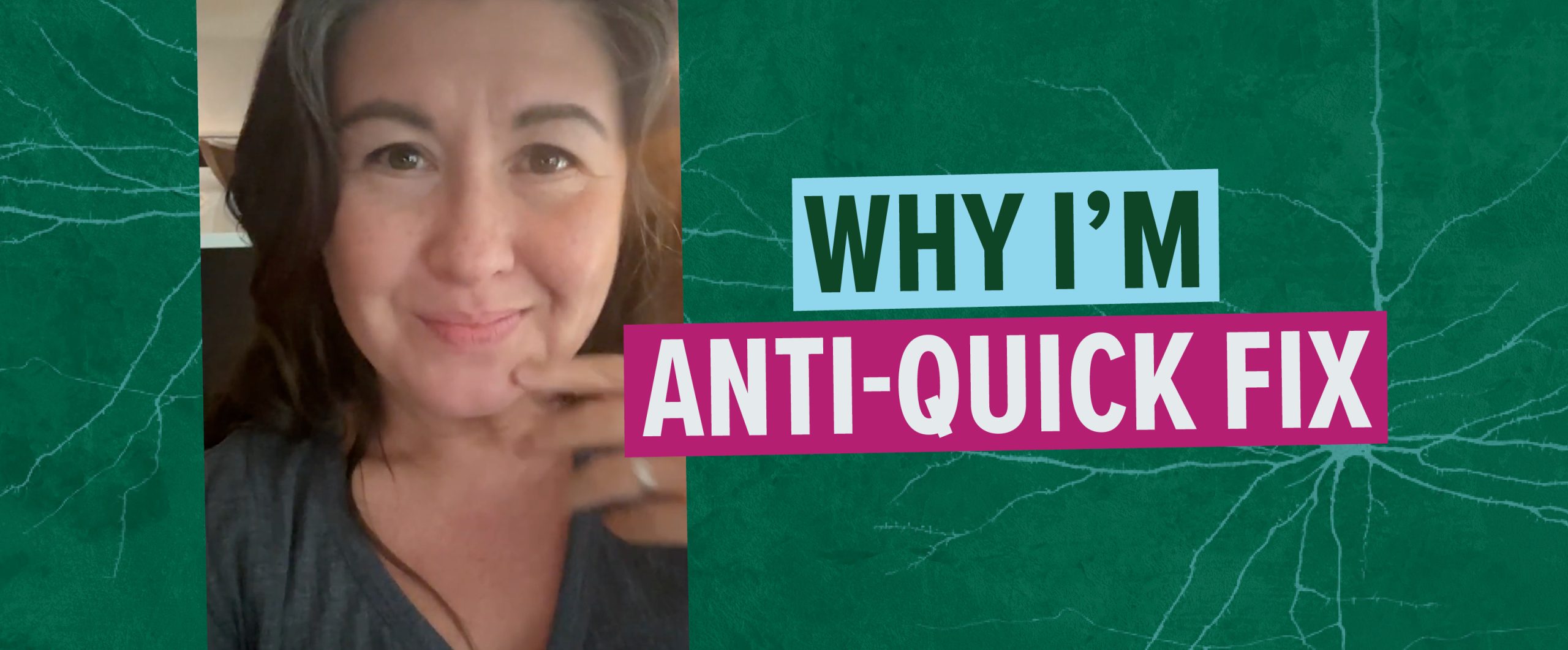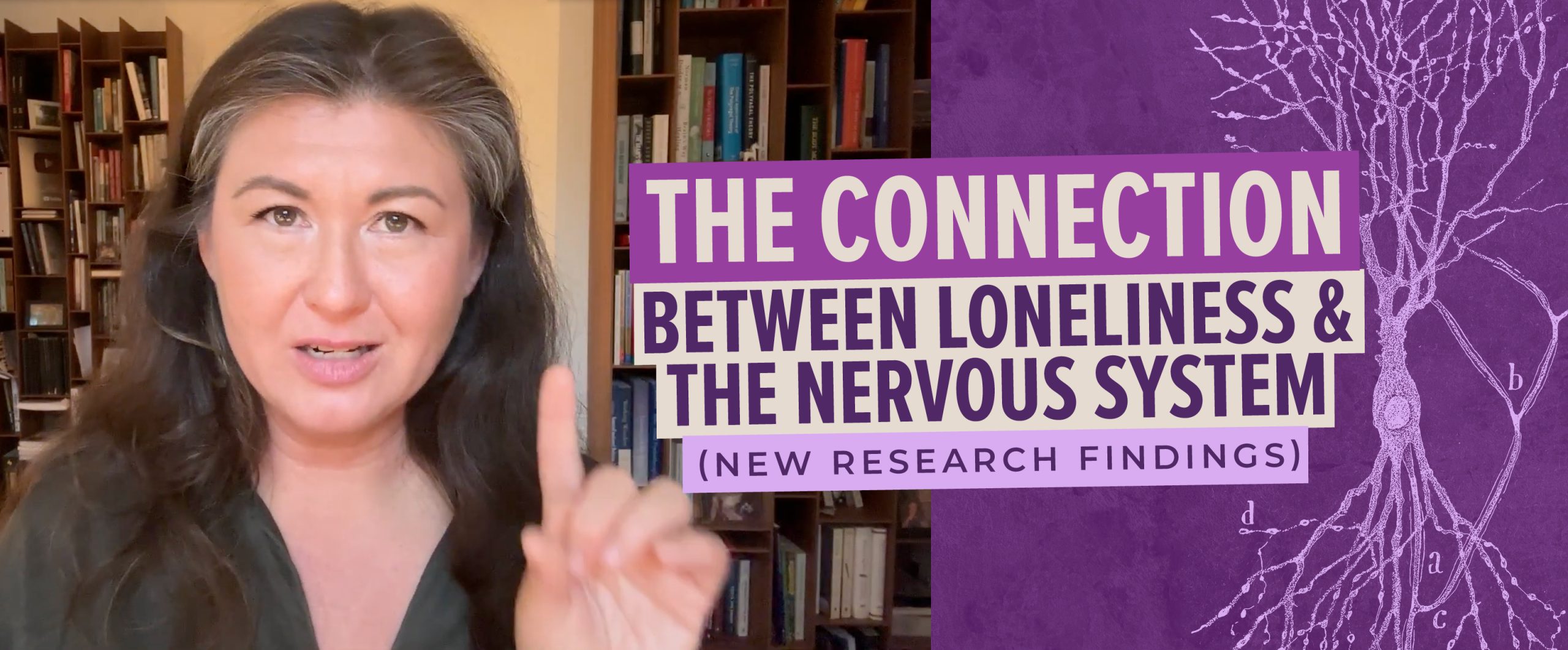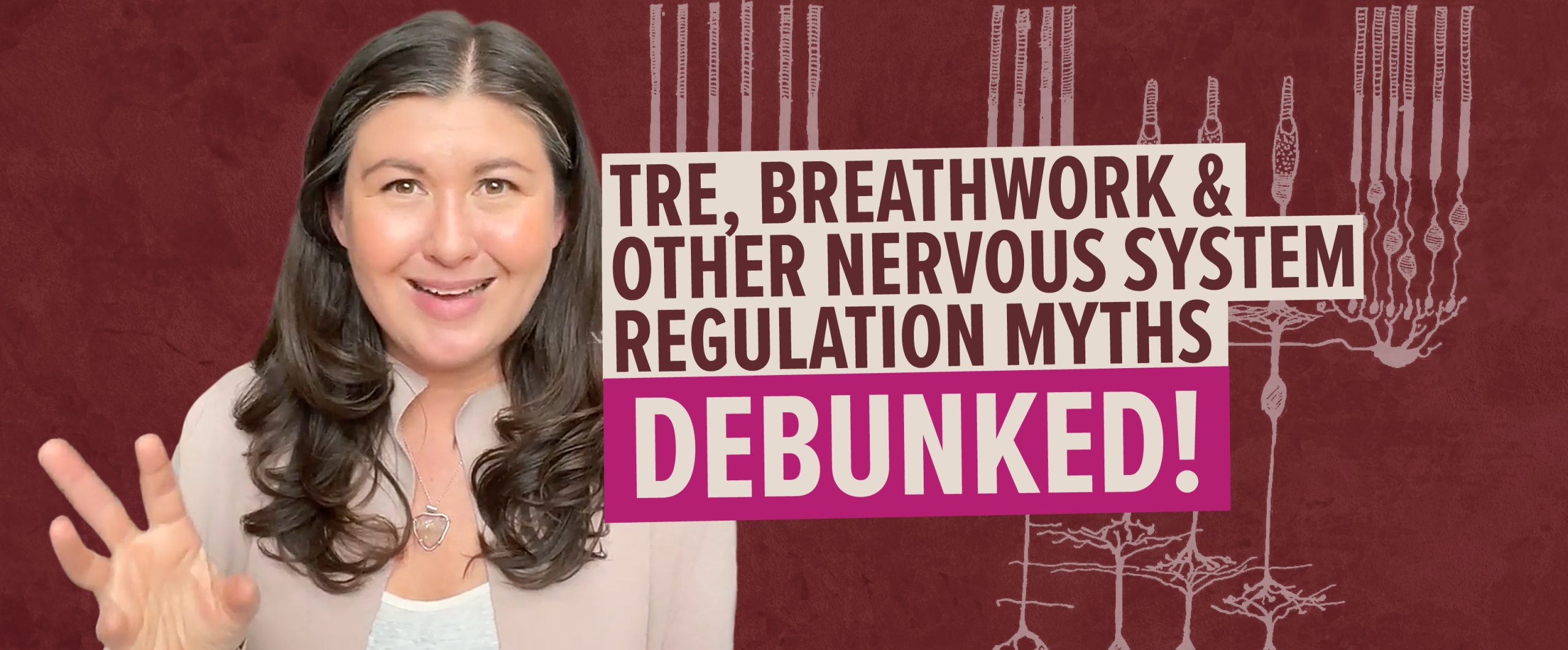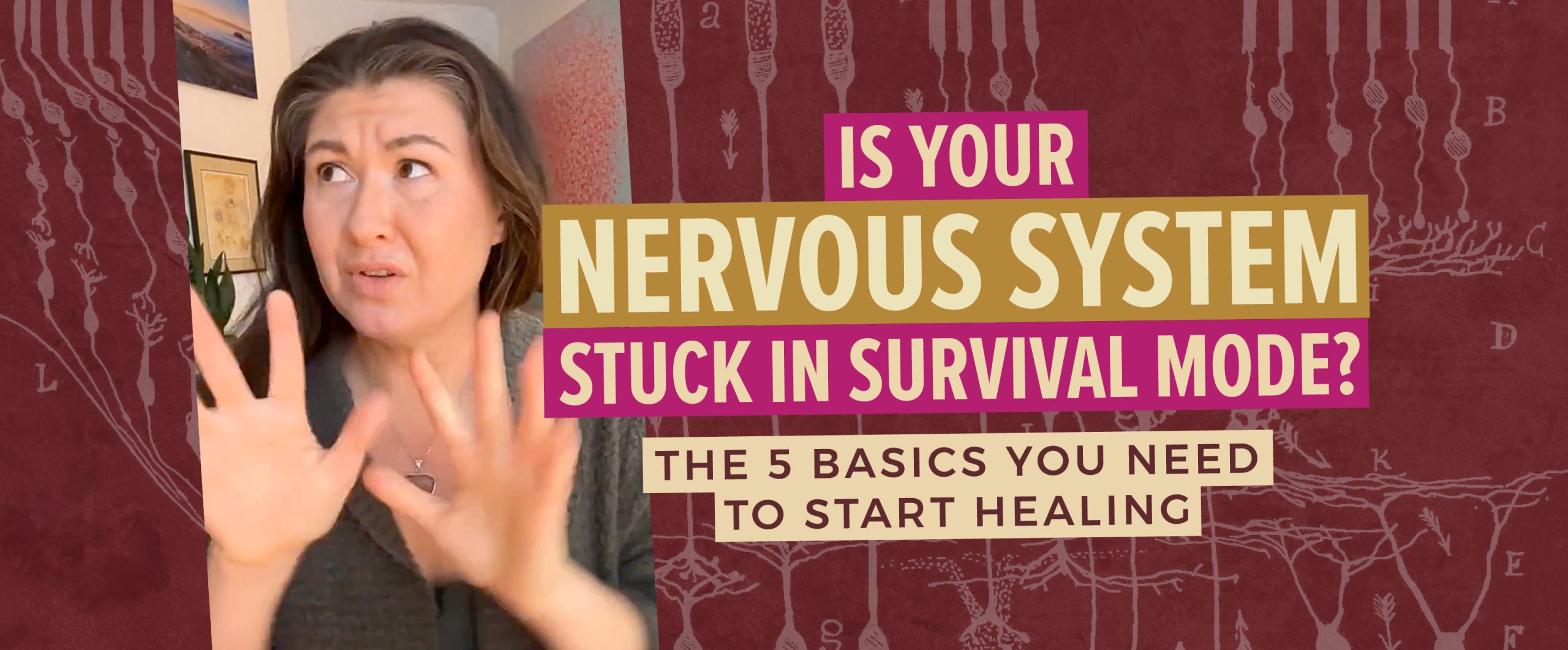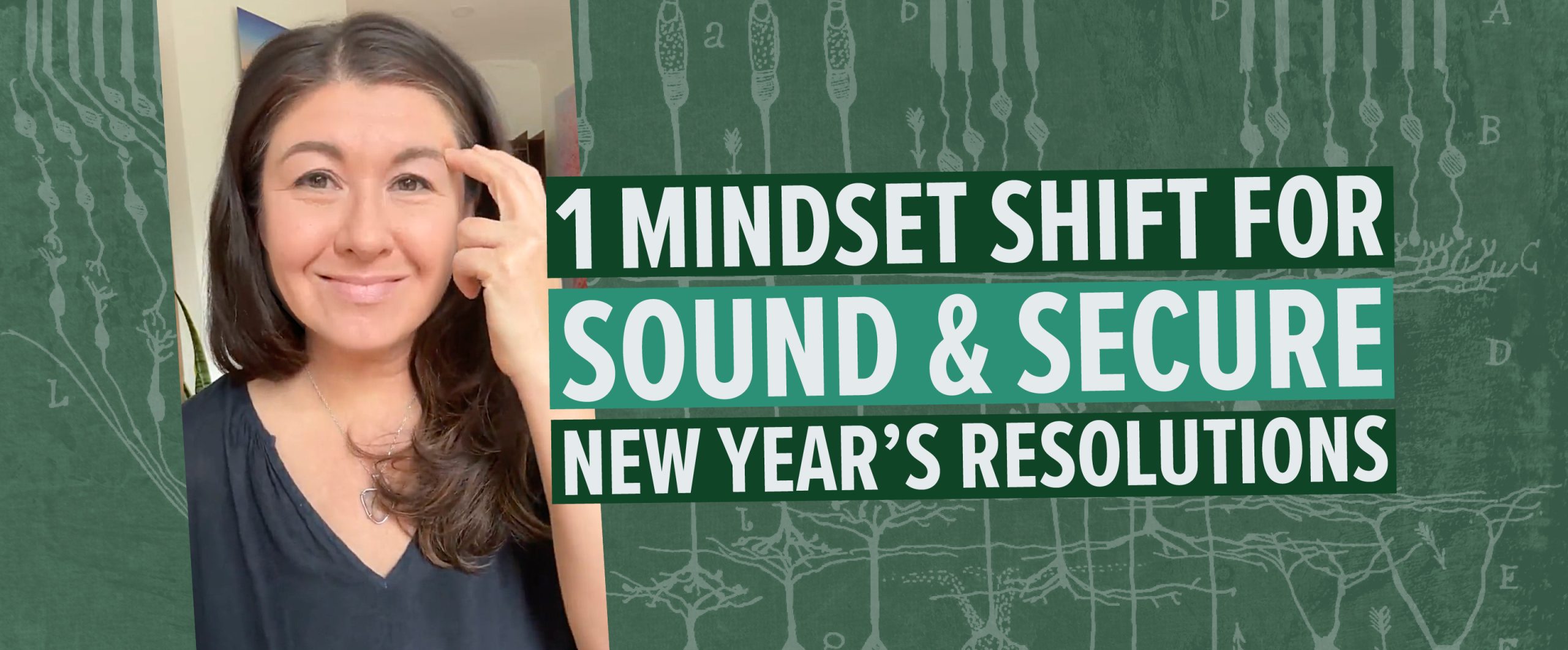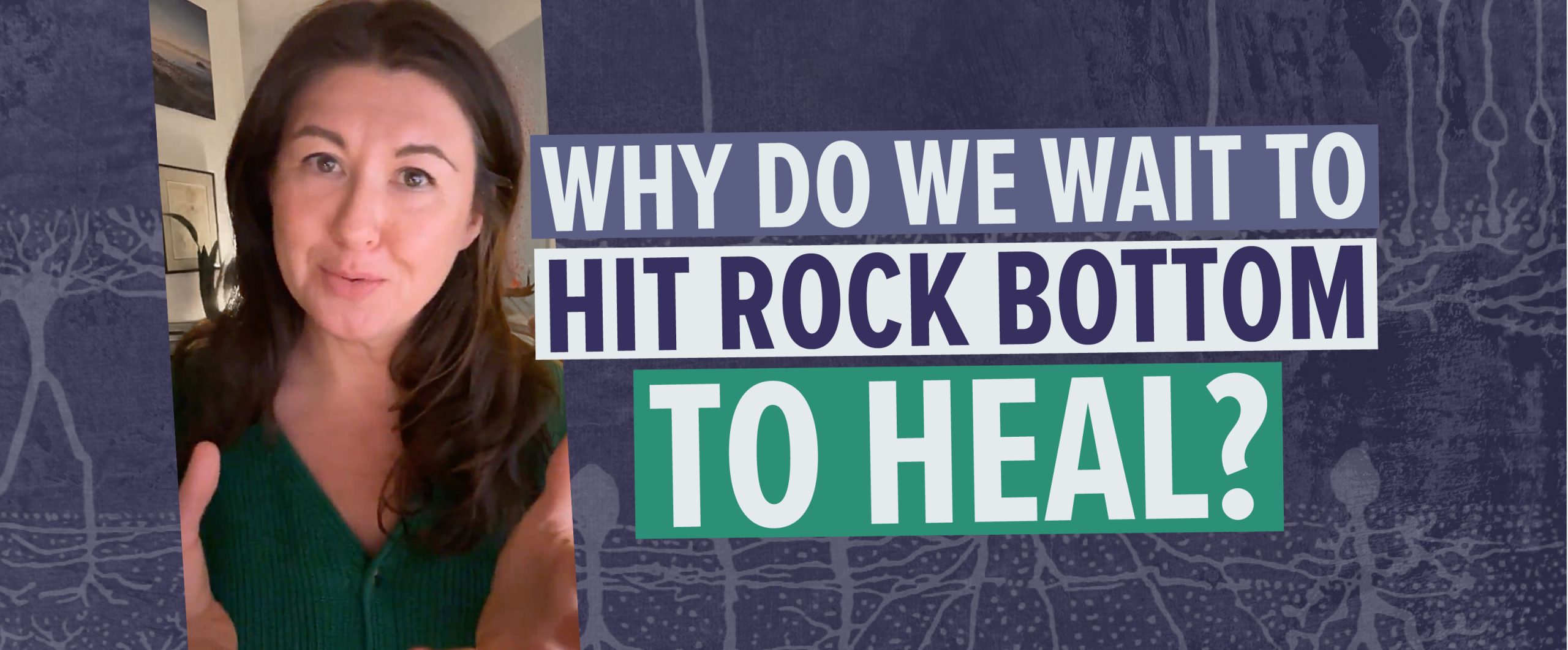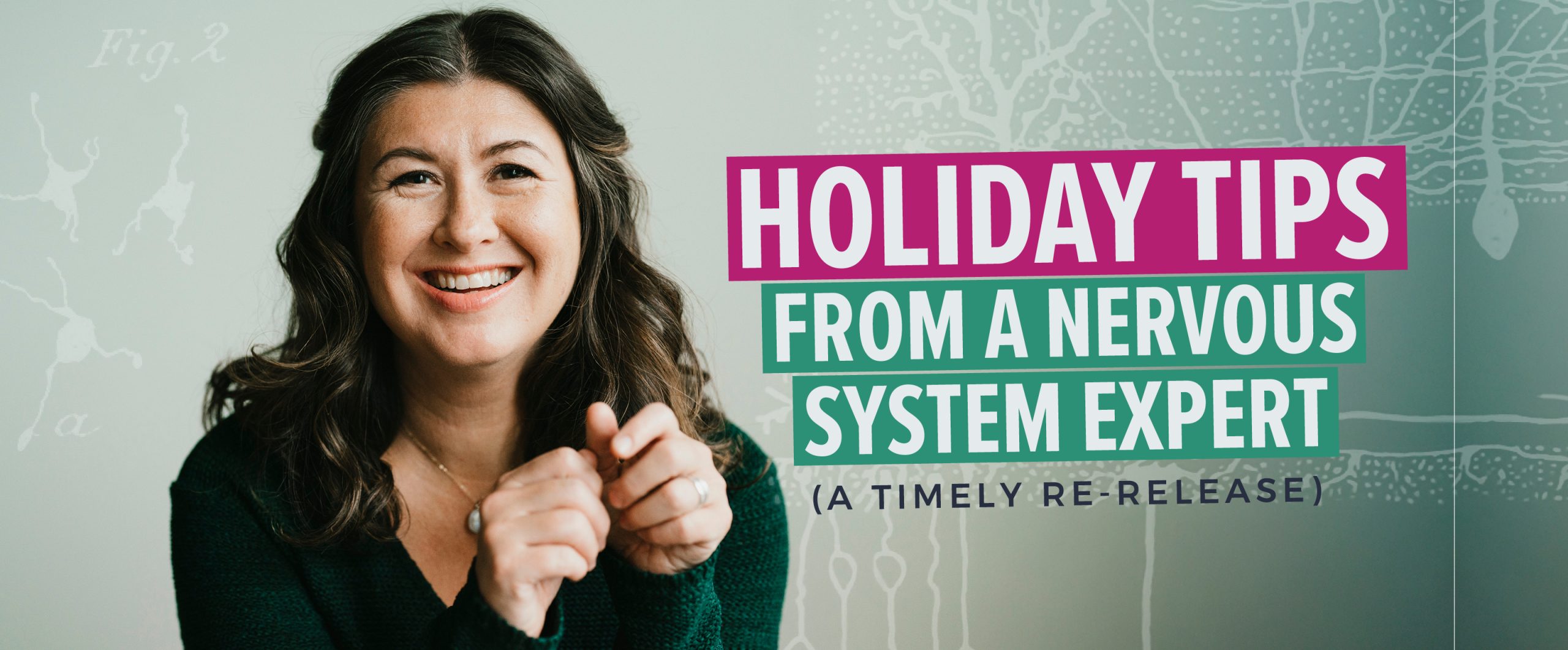- This post is Step 3, in a series of posts titled: Nervous System Cleansing 101
- Step 1 is here, Step 2 is here.
* * *
The moment you see the word breath, or breathe – do you do just that?
Take a breath, or starting breathing?
It’s different from your feet isn’t it?
By reading the word “feet”, you most likely didn’t start walking, or stomping them up and down? But, you may have diverted your attention and awareness to them – yah?
For some reason, by simply bringing the ‘B-Word’ into the picture, this act of breathing comes into our awareness and online very quickly. The unique piece about our breath is that it is completely involuntary, yet we can also control it (to a certain degree of course).
The Problem with Breathing Nowadays
We KILL spontaneous and natural breathing rhythm by doing a lot of stuff we probably shouldn’t do. Stuff that hinders our natural biological and emotional needs.
Stuff like,
- holding in the tears
- keeping a stiff upper lip
- not screaming when something is incredibly painful (physical and emotional)
- putting the lid on a deep big sigh
- breathing through things when maybe we should not
- holding our breath when we maybe should not
There’s more, but those are very common ones.
* * *
Now on to the Exercises:
Orientation + Body Awareness + (have you gone through the last blog posts on this series – Step 1 & Step 2? – I wasn’t kidding about doing these first)
You gotta before you continue. DONE?
NOW, blend ’em all together
Orientation + Body Awareness + Breath
- Sense your breathing. Don’t change it. Just notice. This can be really boring if new to simply “noticing” your body.
- Go BACK to your environment + body awareness. Just follow.
- Do you know what a DEEP SPONTANEOUS BREATH is? Often we would call this a big deep ‘sigh’. Very similar to what dogs do when they are chilling out.
- Don’t force that deep spontaneous breath – just see if one pops up naturally, because that’s the way they work best.
- If your breath is settled, then just follow the spontaneous rhythm of your breath. Don’t mess with it, or try to ‘breath well’!
- When you are at rest and taking in basic stuff like the environment, and how you are in contact with the ground, your autonomic (automatic) nervous system ‘in theory’ should be quiet and calm.
- Breath is healthy when it FITS THE MOMENT we are truly in.
Meaning, breath HAS TO change based on our changing needs, the situation we are in, the environment that is presenting itself to us.
The trick is to allow breath to do what it naturally wants, AND also know how to use it to harness and calm your system. This takes practice, but simply knowing some of these distinctions is a very good starting point.
Happy Orienting + Being Body Aware + Experiencing Natural Breath.
Ta ta for now, Irene.

